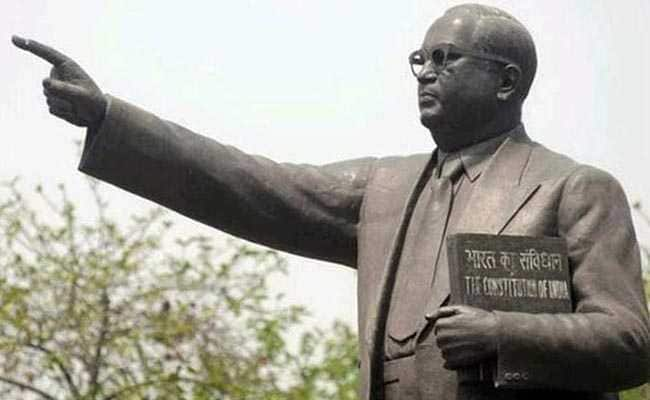Iqra Farrukh, TwoCircles.net
Darbhanga (Bihar): Neha Kumari, a determined young woman from the Scheduled Caste (SC) Mehtar community, dreams of becoming an architect. Her ambition is not undermined by any lack of drive or desire typical of marginalized communities but is instead threatened by significant financial barriers.
At 17, Neha has recently completed her pre-university education with exceptional marks from the Bihar School Examination Board. Despite her impressive academic record, her path to an architectural degree from a reputed institution like the Indian Institute of Technology (IIT) is fraught with challenges rooted in economic hardship rather than educational ability.
Her father, Ramesh Kumar Ram, a sanitation worker with the Darbhanga Municipal Corporation, is committed to supporting her aspirations despite the family’s meager resources.
Ramesh, who joined the municipal corporation 15 years ago as a contractual worker with hopes of securing a permanent position, continues to earn Rs 11,500 per month after deductions. He dedicates much of his limited income towards Neha’s preparation for entrance exams. “My only wish is for her to soar high and achieve what she deserves. I am determined to ensure that our humble background never becomes a barrier to her education,” he shared with TwoCircles.net.
The financial strain on Ramesh’s family is exacerbated by the fact that he supports his two other children, along with Neha. Yet, he remains steadfast in his commitment to her education, inspired by Dr Bhimrao Ambedkar’s belief that education is a powerful tool for advancement. “Even though funding her education is nearly impossible, Ambedkar’s words give me the strength to persevere,” he said.
His financial struggles reflect broader systemic issues faced by sanitation workers. The grueling nature of their work, which involves cleaning drains and public toilets, exposes them to hazardous conditions without adequate safety gear. Many workers report that the minimal protective equipment provided — such as knee-high boots and surgical masks — is inadequate for the toxic environments they endure.
A 35-year-old supervisor, who wished to remain anonymous due to fear of repercussions, described the meager safety provisions: “The surgical masks do little to protect us from the toxic gases we encounter in manholes. Essential items like safety glasses and protective clothing are still not provided, leaving us vulnerable to serious health risks.”
Sanitation workers also face a lack of medical support, including regular health check-ups and vaccinations. In case of illness or injury, they are often quickly replaced without compensation, a situation exacerbated by a lack of proper safety measures and healthcare support.
The contract-based employment system, characterized by low wages and scant benefits, has led to widespread exploitation. Contractual workers reportedly earn around Rs 500 per day, while outsourced employees are paid even less, often having to sign payment vouchers for higher amounts than they actually receive.
Raj Kumar Ram, a 36-year-old sanitation worker, exemplifies the difficulties faced by workers in this sector. Despite 23 years of service, his current salary of Rs 11,300 is insufficient to meet the needs of his family, forcing him to seek additional work. “With high inflation and limited income, our survival becomes a daily struggle. Government schemes like the free ration and health cards fall short of addressing our needs,” he explained.
The outsourcing of sanitation work has been contested legally, with the Patna High Court staying an order to outsource daily-wage workers. However, the state government’s appeal to the Supreme Court indicates ongoing uncertainty about job security and rights.
The systemic issues affecting sanitation workers highlight broader issues of inequality and exploitation. According to Rajendra Ram, a research scholar, the caste system perpetuates economic disparities and social exclusion. The Mehtar community, historically marginalized, faces discrimination not only from higher castes but also from within the Scheduled Castes themselves.
As Neha strives to break through these barriers and achieve her dream, her journey reflects the broader struggle faced by many from marginalised communities. Her story is a testament to resilience and determination in the face of systemic obstacles, and her father’s unwavering support exemplifies the sacrifices made by countless families striving for a better future against overwhelming odds.


